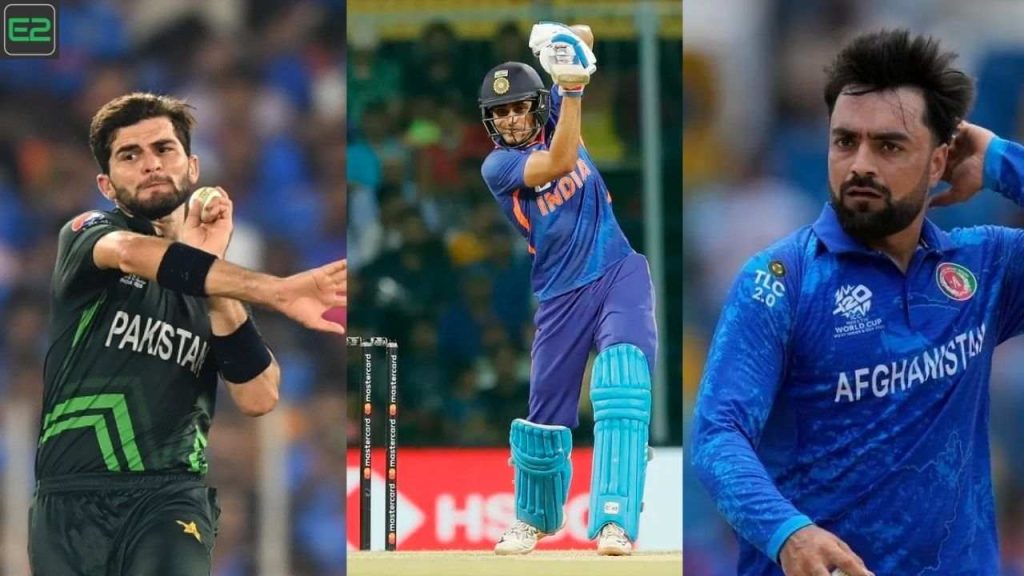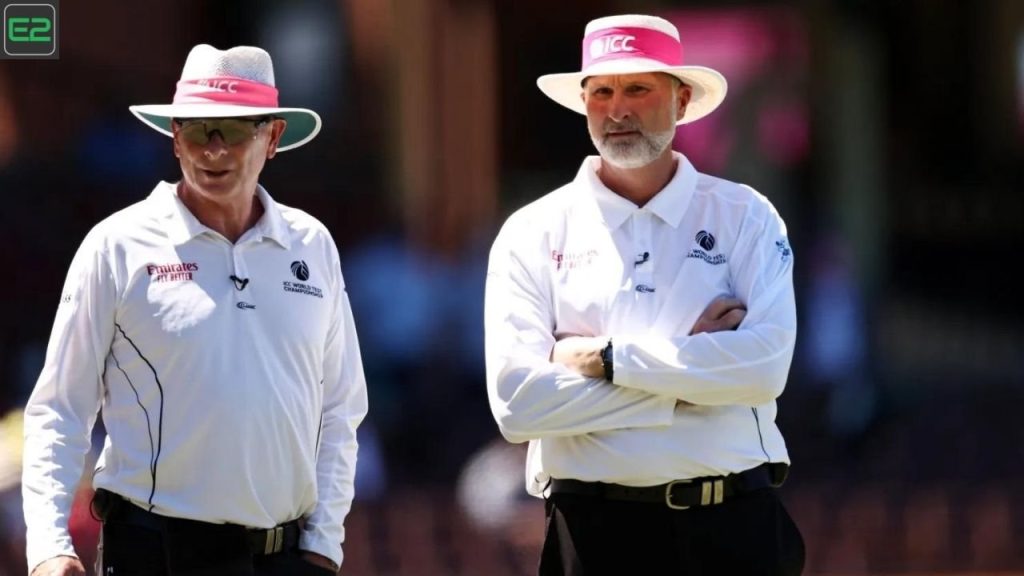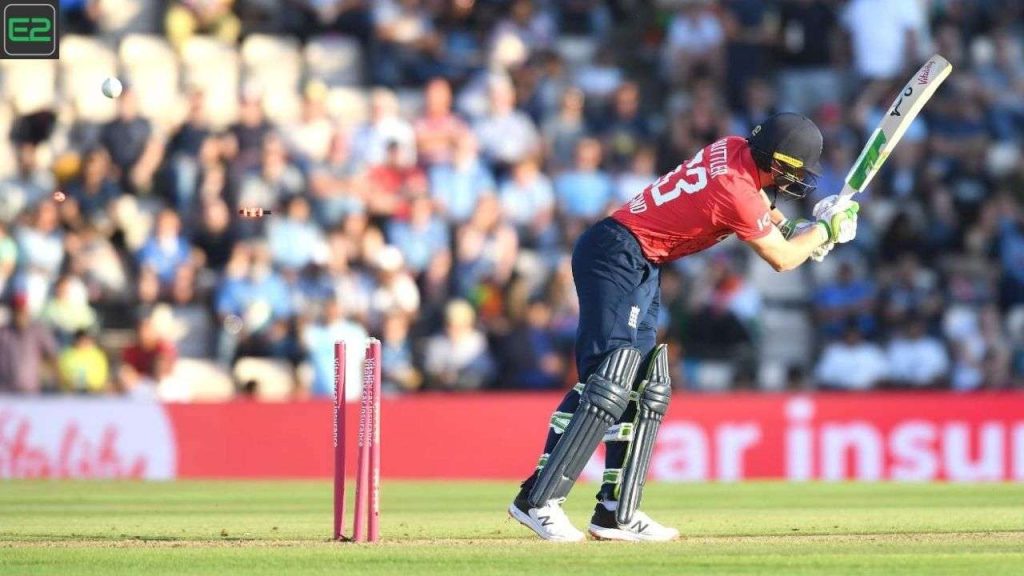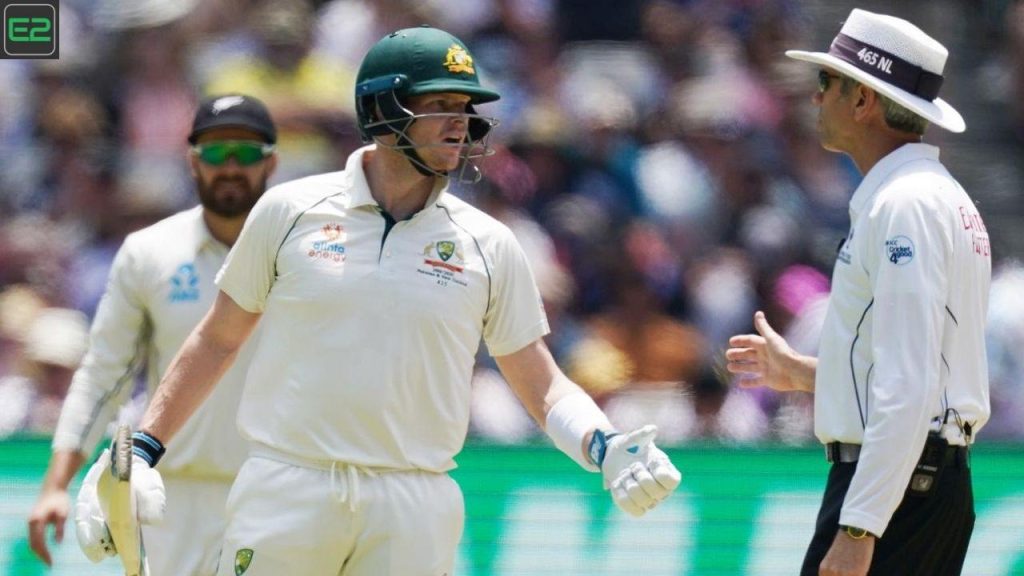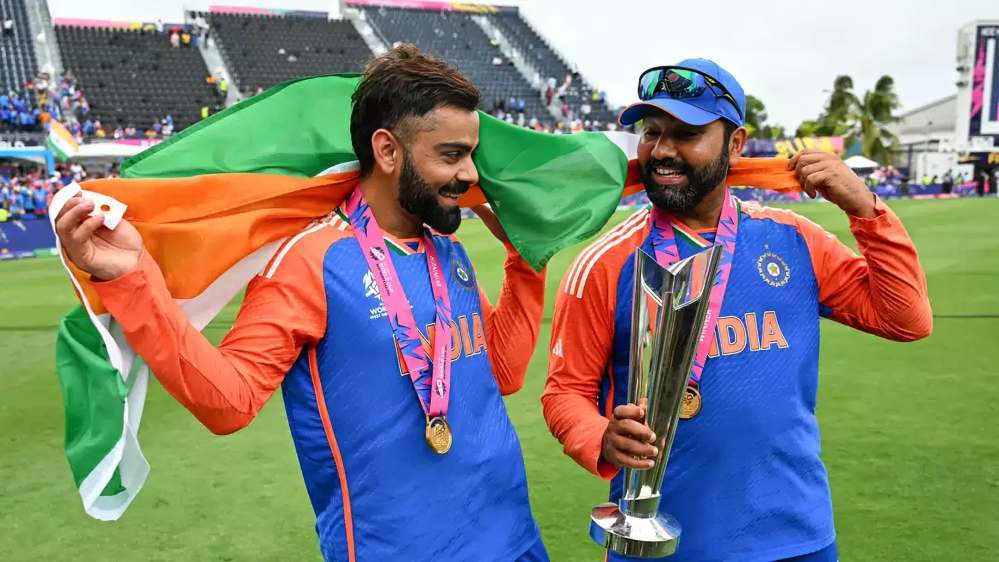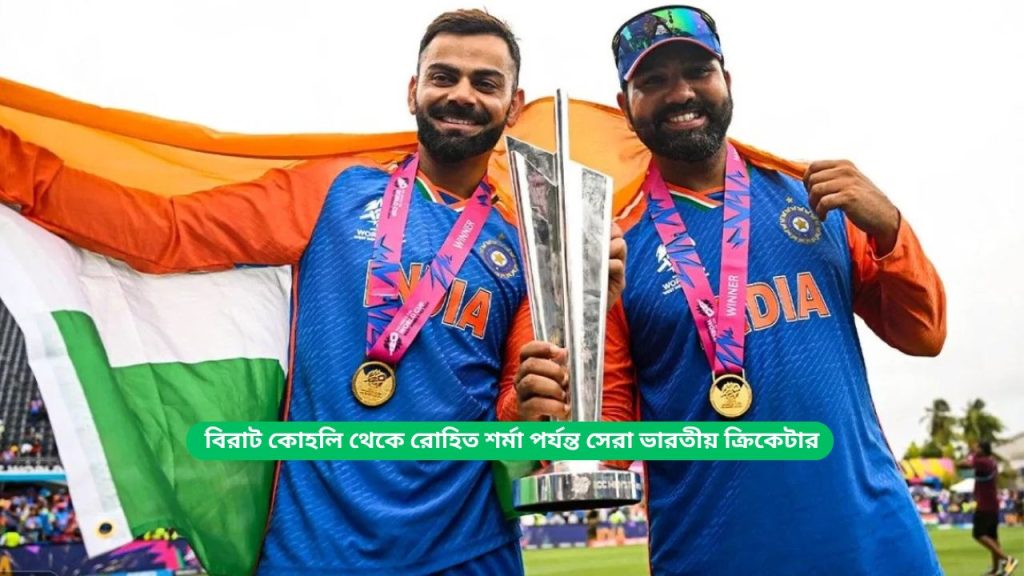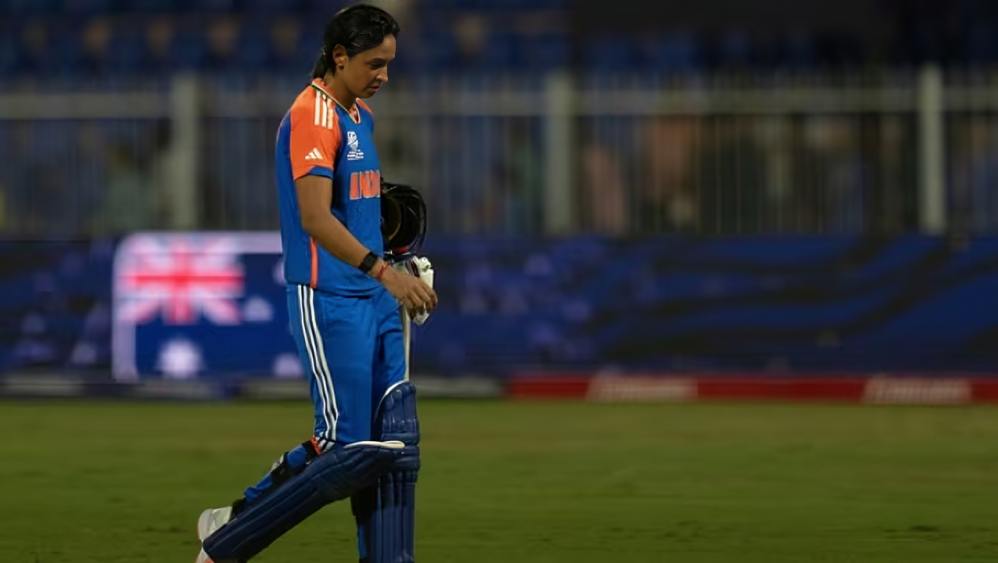Pace bowling is an interesting facet of the game. Over the years, Test playing nations boasting of strong pace attacks had extended periods of dominance in Test cricket. The ever dominant Windies side of the 70’s and 80’s and the great Australian team of the 2000’s had potent fast bowling attacks which were instrumental for their hegemony in Test cricket.
In Test cricket, while the batsmen definitely help build good platforms and apply pressure on the opposition by putting up imposing totals, it eventually is the fast bowling dimension which provides the team with the decisive edge to bowl out oppositions and win Test matches.
Let’s analyse the top five Test teams which have produced the best pace bowling attacks overs the years. For my analysis, I have taken into account a few parameters to rank the top five sides.
Consistency and Longevity of a Frontline seam bowler – Fast bowlers with 100 or more wickets in Test cricket.
Fast Bowling Combination – Teams with a settled pace bowling pair over a sustained period of time.
Pace Reserves: The availability of quality pacers who played the role of the support cast to the frontline seamers.
Table of Contents
England
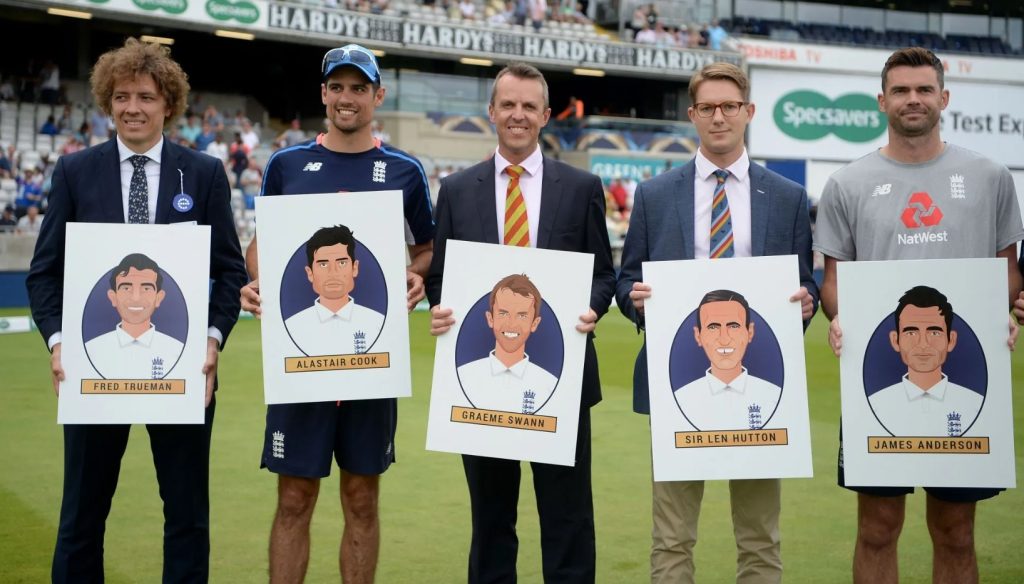
Alec Bedser was the first English seam bowler to flourish post the world war era. For most of the late 40s and early 50s, Bedser single handedly carried the mantle of England’s fast bowling on his shoulders. In the 50s, Fred Trueman and Brian Statham formed a formidable new ball pair for the English. While Trueman was considered the quickest in his time, Statham was more known for his control and accuracy.
In the 70’s, John Snow was the frontline seam bowler for the English. Snow with brisk pace was known for his aggressive short pitch bowling. Due to lack of a settled bowling partner, Snow had to share the new ball with multiple seamers like Chris Old, Geoff Arnold, John Lever and Bob Willis.
In the 80s, Bob Willis and Ian Botham formed a settled opening bowling pair. Willis was an aggressive bowler with a notably long run-up. Meanwhile England’s greatest all-rounder Ian Botham was a handy swing bowler who became famous for his heroics in the 1981 Ashes series. The early 90’s saw the English side fielding multiple fast bowlers in Angus Fraser, Phil Defreitas, Chris Lewis and Devon Malcolm.
In the mid 90’s, the English had a settled new ball pair in Darren Gough and Andrew Caddick. Gough a stocky built cricketer was a master at swinging the ball. Meanwhile the tall Caddick always troubled the batsman with the uncanny bounce he got on placid tracks.The English also had a fine breed of fine swing bowlers in Dominic Cork and Alan Mulally.
With the turn of the century, Matthew Hoggard became England’s number one seamer. Hoggard was a typical English bowler who flourished in seaming conditions at home. He formed a good partnership with the tall and well-built seamer Stephen Harmison, who was a handful on bouncy tracks.
Talented all-rounder Andrew Flintoff would be remembered for bowling some match winning spells in the Ashes.
In the last decade, James Anderson has been hailed as one of the greatest swing bowlers to ever play the game. Anderson has been a master at exploiting the seaming condition in England. The tall and lanky Stuart Broad has formed a very successful opening ball partnership with Anderson. Broad uses his height to great advantage in getting steep bounce along with his natural outswing. Meanwhile Steven Finn, the quickest of the England bowlers has a phenomenal strike rate in Test cricket.
Notable Mentions: Derek Pringle, Liam Plunkett, Chris Tremlett, Simon Jones, Ryan Sidebottom, Chris Jordan, Chris Woakes.
England Bowlers with 100 or more Test Wickets
| Bowlers | Matches | Wickets |
| James Anderson | 118 | 459 |
| Stuart Broad | 97 | 352 |
| Ian Botham | 102 | 383 |
| Bob Willis | 90 | 325 |
| Fred Trueman | 67 | 307 |
| Brian Statham | 70 | 252 |
| Matthew Hoggard | 67 | 248 |
| Alec Bedser | 51 | 236 |
| Andrew Caddick | 62 | 234 |
| Darren Gough | 58 | 228 |
| Stephen Harmison | 62 | 222 |
| Andrew Flintoff | 78 | 219 |
| John Snow | 49 | 202 |
| Angus Fraser | 46 | 177 |
| Chris Old | 46 | 143 |
| Phil Defreitas | 44 | 140 |
| Devon Malcolm | 40 | 128 |
| Dominic Cork | 37 | 131 |
| Steven Finn | 34 | 120 |
| Geoff Arnold | 34 | 115 |
South Africa
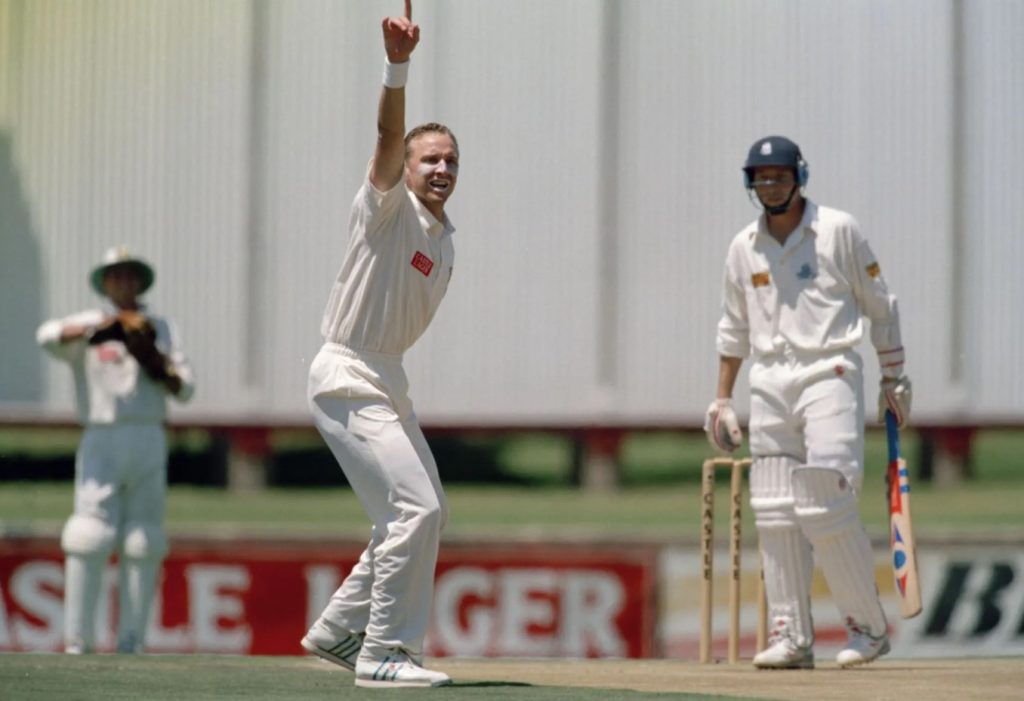
The Proteas have been second to none in churning out quality fast bowlers. Neil Adcock was the first fast bowling star from South Africa. Adcock was the first South African quick bowler to take 100 Test wickets. Peter Pollock was their frontline seamer all through the 60’s.
Post their readmission to international cricket in 1991, Allan Donald was the fastest bowler in the world. Nicknamed “White Lighting”, Allan bowled his out-swingers with good pace to trouble the best batsman in the world. He bowled with a wonderful action which was pleasing to the eye. He became South Africa’s main strike weapon in rattling down oppositions on seaming tracks around the world.
Fanie De Villiers bowled with a low slinging action which came naturally to him owing to his expertise at javelin. De Villiers was known as a clever exponent of the slower ball and a master at deception with his change of pace. Early in his career, Donald was also partnered by Richard Snell, Brett Schultz, Craig Matthews and Meyrick Pringle. All-rounder Brian McMillan played his role well as a support bowler with his gentle medium pace.
In the late 90s, Shaun Pollock perfectly complimented Donald’s pace with an immaculate line and length. Pollock came in very close to the crease and bowled a tight line to cramp down the batsman. His relentless accuracy made him Proteas leading wicket taker in Test cricket. Meanwhile, all-rounder Lance Klusener was pretty quick early in his career but eventually became more of a military medium bowler.
In the 2000’s, Makhaya Ntini was the untiring workhorse of the Proteas pace battery. He had great stamina to bowl long spells in Test matches. A spirited character, Ntini always bowled his heart out while representing South Africa.
All-rounder Jacques Kallis was a great first change bowler who lent depth to the Proteas pace attack for almost two decades. The broad-shouldered Kallis swung the ball at decent speeds.
In the last decade, Dale Steyn has arguably been one of the best seam bowler in Test cricket. Steyn is a complete pace bowler with an impressive arsenal in his wide bowling repertoire. The pace ace has the ability to bowl consistent spells and get the bowl to seam by hitting the deck hard. Steyn has formed a successful partnership with Morne Morkel who uses his bounce with pace to great effect in setting up scalps.
Meanwhile, swing bowler Veron Philander has been a potent weapon for the Proteas in their own backyard.
Kagiso Rabada is the most promising of the young South African fast bowlers. Wayne Parnell, Lonwabo Tsotsobe, and Kyle Abbott have been effective in the one-day format.
Notable Mentions: Andre Nel, Steve Elworthy, Roger Telemachus, Charles Langeveldt, Nantie Hayward, Andrew Hall, Ryan McLaren, Chris Morris
South African Bowlers with 100 or more Test Wickets
| Bowler | Matches | Wickets |
| Shaun Pollock | 108 | 421 |
| Dale Steyn | 82 | 406 |
| Makhaya Ntini | 101 | 390 |
| Allan Donald | 72 | 330 |
| Jacques Kallis | 165 | 291 |
| Morne Morkel | 71 | 242 |
| Veron Philander | 32 | 126 |
| Trevor Goddard | 41 | 123 |
| Andre Nel | 36 | 123 |
| Peter Pollock | 28 | 116 |
| Neil Adcock | 26 | 104 |
Pakistan
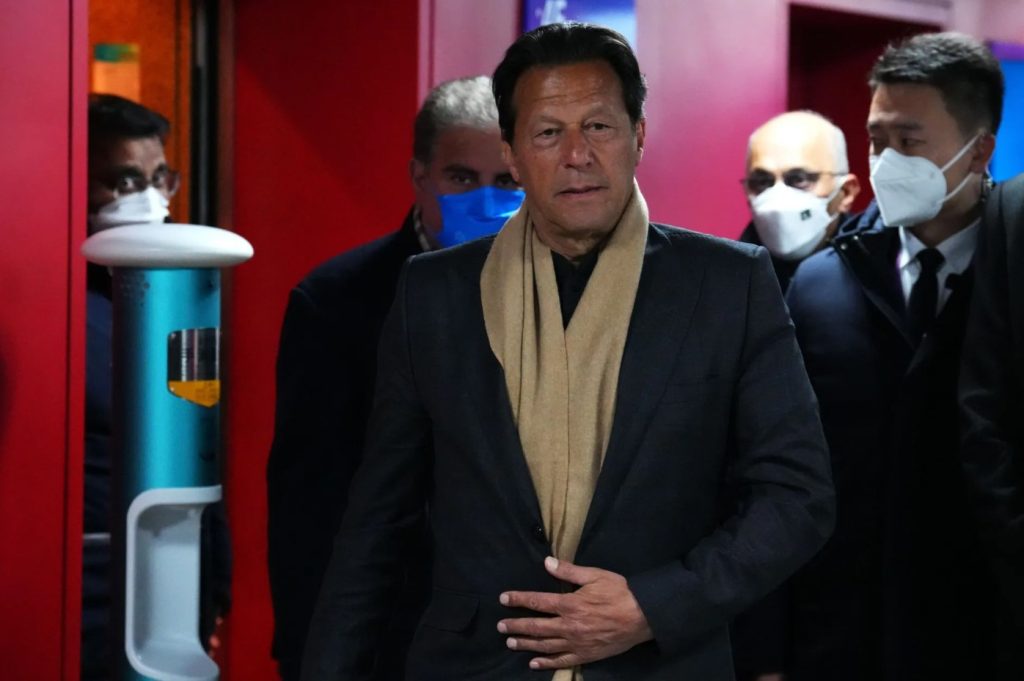
Pakistan have a rich legacy of fast bowling tradition. Pakistan has been the only side from the subcontinent known for producing fast bowling greats besides having spin as their usual strength.
Fazal Mahmood should be credited for pioneering the pace bowling revolution in Pakistan. In the 50’s, Mahmood formed a brilliant partnership with fellow seamer Khan Mohammad.
In the late 70’s, Sarfaraz Nawaz pioneered the art of reverse swing which became synonymous with Pakistan’s bowling in Test cricket. In the 80s, Pakistan’s legendary all-rounder Imran Khan formed a potent bowling combination with Nawaz. Imran known for his killer looks was equally menacing with his swing bowling.
Wasim Akram hailed as the “Sultan of Swing” was the most complete swing bowler the world has ever seen. He had a wide repertoire in his arsenal and mastered the craft of reverse swinging the old ball. On the other hand, Waqar Younis was the most lethal swing bowler of his time. Younis bowled his big inswinging deliveries with a side on slinging action. He mastered the art of late swing and his toe crushing yorkers made him a potent strike weapon. The “Two W’s” became the most dreaded fast bowling pair in the 90’s.
Aaqib Javed, a decent swing bower provided good support to his more illustrious counterparts. Pakistan continued to churn out quality seamers like Ata-Ur-Rehman, Mohammad Akram, Mohammad Zahid and Shahid Nazir who provided Pakistan with depth in their pace attack.
Speed demon Shoiab Akthar was a sensation when he burst onto the international scene. The strongly built pacer bowled from a long run-up and hurled the ball at lightning speed to get through the defences of batsmen. The “Rawalpindi Express” could rattle through the best of batting order. Unfortunately the temperamental cricketer battled with disciplinary issues and injury concerns all through his career.
With the turn of the century, Mohammad Sami forged a decent new ball partnership with Akhtar. Sami, a slippery customer was deceptively quick with his deliveries hurrying on to the batsmen. Umar Gul known for his bowling at the death, courtesy his deadly yorkers developed into a potent T-20 bowler. Talented fast bowler Shabbir Ahmed promised a lot but faded away rather quickly. Meanwhile all-rounders Abdur Razzak and Azhar Mahmood provided good support to the frontline seamers.
Mohammad Asif, a great swing bowling prospect started off brilliantly but his involvement in match fixing ended his promising career. Mohammad Aamir hailed as the next great fast bowler made rapid strides but his involvement in match fixing got him a five year ban. He has come back strongly and looks to be a quality bowler in the making.
In recent times, Junaid Khan has been their best seam bowler in Test cricket. The giant like Mohammad Irfan has been deadly on the bouncy tracks whereas seamer Wahab Riaz can clock up some decent pace. The Pakistanis also have promising crop of young seamers in Rahat Ali, Sohail Khan and Mohammad Talha.
Notable Mentions: Ata-Ur-Rehman, Mohammad Akram, Shahid Nazir, Sikander Bakht, Mudassar Nazar, Sohail Tanvir, Rana Naveed Ul Hassan, Rao Iftikhar Anjum.
Pakistan Fast Bowlers with 100 or more Test Wickets
| Bowler | Matches | Wickets |
| Wasim Akram | 104 | 414 |
| Waqar Younis | 87 | 373 |
| Imran Khan | 88 | 362 |
| Shoiab Akhtar | 46 | 178 |
| Sarfaraz Nawaz | 51 | 177 |
| Umar Gul | 47 | 163 |
| Fazal Mahmood | 34 | 139 |
| Mohammad Asif 23 | 23 | 23 |
| Abdur Razzak | 46 | 100 |
Australia
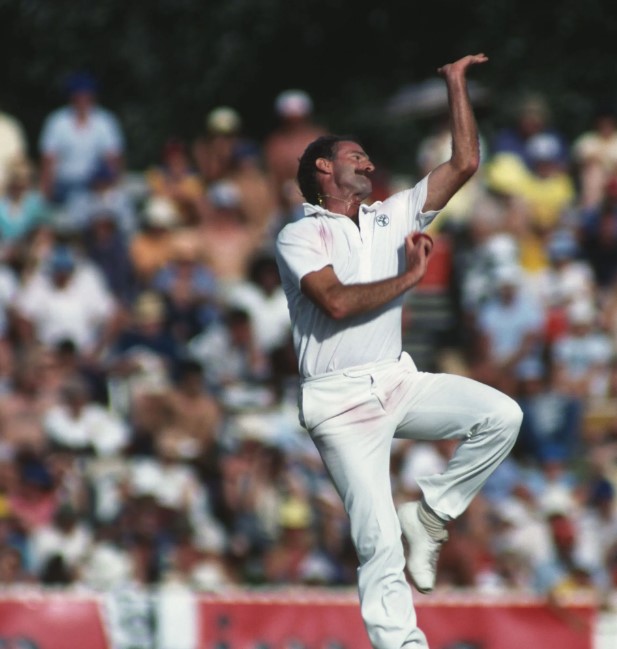
The Australian success in Test cricket should be largely attributed to the rich crop of fast bowling legends they have produced over the years.
In the late 40’s and early 50’s, Ray Lindwall and Keith Miller were the first great fast bowling pair to come from Down Under. For most of the 50’s, Alan Davidson became their frontline seamer. The 60’s saw Graham McKenzie and Neil Hawke forming a good pace duo for the Aussies.
In the 70’s, Dennis Lillee and Jeff Thompson were the deadliest fast bowling pair. The Lillee-Thompson duo was all about creating havoc with their sheer pace. While Lillee was known to bowl with a lot of aggression, Thompson with his slow slinging action hurled the ball with express pace. The Australians had a galaxy of fast bowling greats in Rodney Hogg, Geoff Lawson, Terry Alderman and Max Walker.
In the late 80’s, the Australians had yet another potent fast bowling pair in Merv Hughes and Craig McDermott. Hughes with his big moustache, extracted good pace and bounce on the seamer friendly wickets Down Under. Craig McDermott was more of a rhythm bowler who bowled with a lot of aggression. The likes of Simon O’Donnell, Bruce Ried and Carl Rackemann were the other quality seamers around during that time.
Glen McGrath would be hailed as one of the greatest fast bowlers of all time. McGrath was an epitome of line and length bowling. He was relentless outside the corridor of uncertainty and often had the batsman edging one to the keeper. The “Pigeon” bowled with pin point accuracy and was rewarded for his remarkable consistency. In the 90’s, he was ably supported by quality seamers in Damien Fleming, Paul Reiffel, Michael Kasprowicz and Andy Bichel.
In the late 90’s, Jason Gillespie played the perfect foil to McGrath. Gillespie bowled some outswingers and extracted bounce of any surface. Meanwhile Brett Lee brought in that element of speed to the Aussie bowling attack. Lee tormented the best batsmen with his express pace. He had a wonderful approach to the crease and followed it up with a beautiful action.
Mitchell Johnson with serious pace was an outright strike bowler. Johnson, though, a touch inconsistent, bowled some match winning spells courtesy his raw pace and hostile short pitch bowling. Shaun Tait was menacingly quick but erratic as well. He was used in short bursts as a wicket taking bowler.
After the golden generation of Aussie seamers retired, a couple of decent pacer bowlers emerged onto the scene. Stuart Clarke was a fine exponent of line and length bowling. Ryan Harris, Peter Siddle and Ben Hilfenhaus were great swing bowlers in their own merit. Meanwhile Nathan Bracken was an outstanding limited overs bowler.
Among the current crop, Mitchell Starc looks to be their best swing bowler. The left arm seamer bowls good lines and has a brilliant inswinger to trap the best batsmen. Jos Hazelwood looks to be more in the McGrath mould with his consistent lines around the off stump. Meanwhile James Pattinson and Pat Cummins have the ability to rack up some serious pace.
Australian Test Bowlers with 100 or more wickets
| Bowler | Matches | Wickets |
| Glen McGrath | 124 | 563 |
| Dennis Lillee | 70 | 355 |
| Mitchell Johnson | 73 | 313 |
| Brett Lee | 76 | 310 |
| Craig McDermott | 71 | 291 |
| Jason Gillespie | 71 | 259 |
| Graham Mackenzie | 60 | 246 |
| Ray Lindwall | 61 | 228 |
| Merv Hughes | 53 | 212 |
| Peter Siddle | 61 | 208 |
| Jeff Thompson | 51 | 200 |
| Alan Davidson | 44 | 186 |
| Geoff Lawson | 46 | 180 |
| Terry Alderman | 41 | 170 |
| Kieth Miller | 55 | 170 |
| Max Walker | 38 | 138 |
| Rodney Hogg | 38 | 123 |
| Michael Kasprowicz | 38 | 113 |
| Mitchell Starc | 28 | 114 |
| Ryan Harris | 27 | 113 |
| Bruce Ried | 27 | 113 |
| Paul Reiffel | 35 | 104 |
| Alan Connolly | 20 | 102 |
Notable Mentions: Damien Fleming, Shane Watson, Clint Mckay, Mike Whitney, Doug Bollinger, James Faulkner, Shane Lee.
West Indies
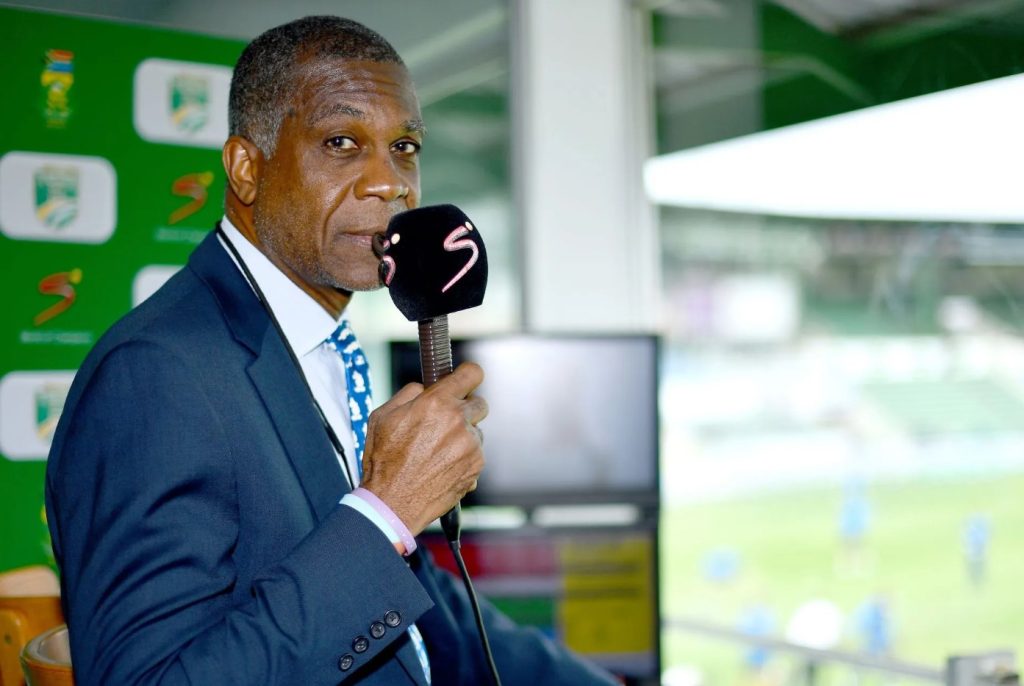
The Calypso Kings have created a mark for themselves by producing a plethora of fast bowling greats since their inception into Test cricket.
In the 50’s, the legendary Wes Hall and speed merchant Roy Gilchrist were their settled new ball pair. Gilchrist was a speed demon who tormented the batsman with his brutal pace and bouncers. Unfortunately Gilchrist faded away owing to his temperamental nature and maverick like attitude.
In the 60s, Wes Hall and Charlie Griffith formed a lethal pace bowling combination for the Windies. The tall and well-built Hall was known for bowling long spells without dropping his pace meanwhile Griffith was more at the batsman with his short pitch stuff.
For most part of the early 70’s, West Indies did not have a settled bowling combination before Colin Croft came onto the scene. Colin Croft, the most underrated seamer of the famous pace quartet had the ability to shape the ball away from the batsman.
In the 80s, the famous West Indian pace bowling quartet was the most potent bowling attack the cricket world had ever seen. Michael Holding nicknamed the “Whispering Death” was the fastest among all of them. “Big Bird” Joel Garner tormented the opposition with his steep bounce. Andy Roberts, one of the most economical seamers in cricket history bowled with great control and guile.
Malcolm Marshall was the most spirited and committed bowler of the lot. Besides these greats, the Windies had quality seamers in Sylvester Clarke and Winston Davis.
In the late 80s, Patrick Patterson emerged as the fastest of the Windies seamers. The Benjamin brothers, Keith and Winston provided good depth to the Windies pace attack. During this time, Courtney Walsh became their pace spearhead. Walsh a workhorse with tremendous endurance bowled extended spells in Test matches.
In the 90’s, Walsh formed a deadly partnership with pace legend Curtly Ambrose. Ambrose was perhaps the most fearsome bowler to face when on song. He bowled his outswingers to great effect but it was his inswing which got batsman into trouble. Meanwhile, Ian Bishop was a really quick pacer whose promising career was cut short by a sustained back injury.
Post the Ambrose-Walsh era, there were couple of fast bowlers like Mervyn Dillon, Nixon Mclean, Franklyn Rose and Reon King who rose to prominence.
With the turn of the century, the Windies continued to churn out quality pacers in Pedro Collins, Darren Powell, Fidel Edwards and Jerome Taylor but none of them delivered to their full potential. Meanwhile Anderson Cummins, Cameron Cuffy, Corey Collymore, Ian Bradshaw, Vasbert Drakes, Tino Best and Ravi Rampaul did well in the limited overs format.
The current pace attack is being led by Kemar Roach. Roach bowls with brisk pace and has been among the wickets in Test cricket. Meanwhile Jason Holder has been effective on bouncy tracks. Shannon Gabriel has developed into a good swing bowler in Test cricket. Star all-rounder Dwayne Bravo has been successful in limited overs cricket with his subtle variations.
West Indies Bowlers with 100 or more Test Wickets
| Bowler | Matches | Wickets |
| Courtney Walsh | 132 | 519 |
| Curtly Ambrose | 98 | 414 |
| Malcolm Marshall | 81 | 376 |
| Joel Garner | 58 | 259 |
| Michael Holding | 60 | 249 |
| Andy Roberts | 47 | 202 |
| Wes Hall | 48 | 192 |
| Fidel Edwards | 55 | 165 |
| Ian Bishop | 43 | 161 |
| Mervyn Dillon | 38 | 131 |
| Jerome Taylor | 46 | 130 |
| Colin Croft | 27 | 125 |
| Kemar Roach | 37 | 122 |
| Vanburn Holder | 40 | 109 |
| Pedro Collins | 32 | 106 |
The rest of the Test playing nations have also produced some fine fast bowlers over the years but haven’t made it to the top five as they did not churn out quality bowlers consistently nor did they have the depth in their pace attack over a period of time.
Here’s a list of notable fast bowlers from the other Test playing nations –
India – Kapil Dev, Karsan Ghavri, Manoj Prabhakar, Javagal Srinath, Venkatesh Prasad, Irfan Pathan, Zaheer Khan, Ashish Nehra, Ajit Agarkar, Rudra Pratap Singh, Ishant Sharma, Mohammed Shami, Umesh Yadav, Bhuvneshwar Kumar
New Zealand – Richard Hadlee, Richard Collinge, Dick Motz, Danny Morrison, Ewen Chatfield, Chris Cairns, Dion Nash, Simon Doul, Daryl Tuffey, Shane Bond, Chris Martin, Kyle Mills, Tim Southee, Trent Boult, Adam Milne
Sri Lanka – Ashantha de Mel, Rumesh Ratnayake, Chaminda Vaas, Lasith Malinga, Nuwan Zoysa, Pramodya Wickramasinghe, Ravindra Pushpakumara, Dilhara Fernando
Zimbabwe – Heath Streak, Eddo Brandes, Henry Olonga
Bangladesh – Mashrafe Mortaza
You will have fun playing exciting games on here: E2Bet
Here Are Some Helpful Tips:



